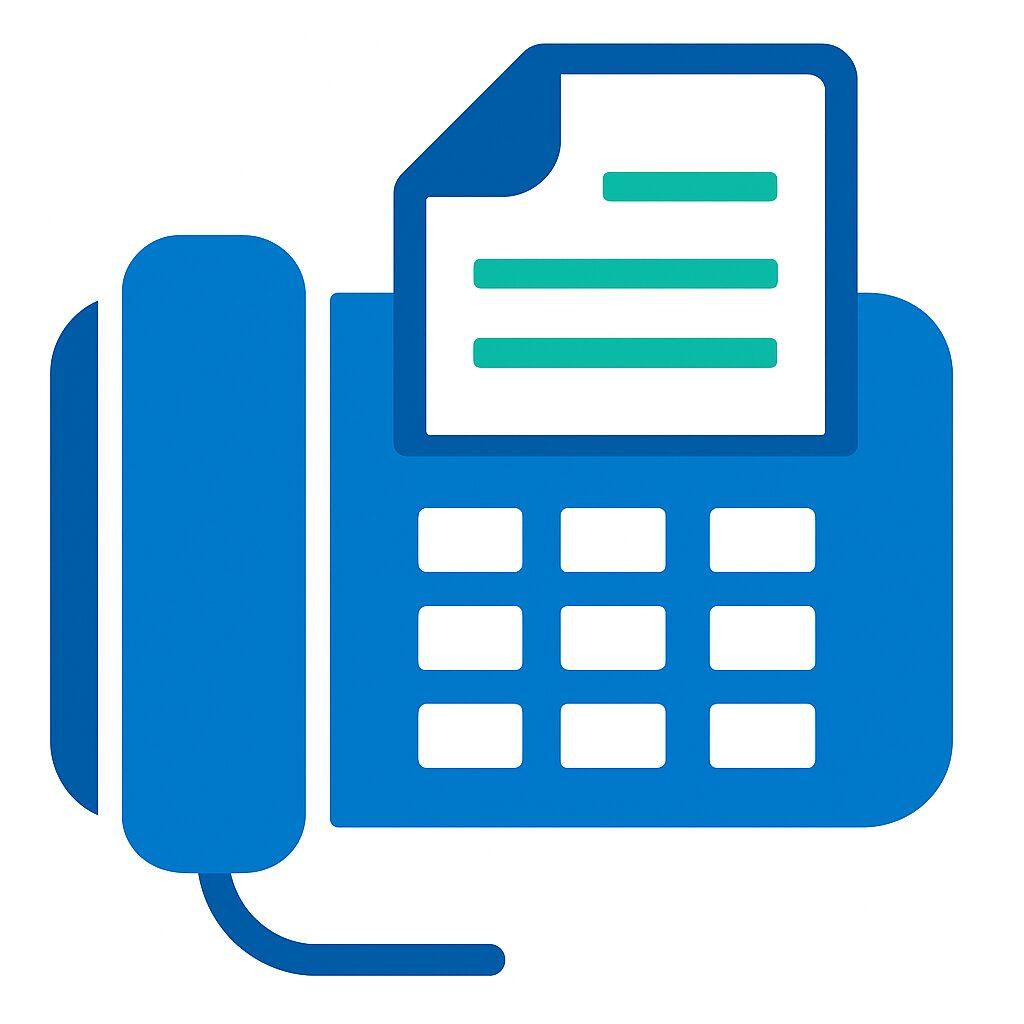In an age where technology continues to reshape every facet of our lives, it’s no surprise that the healthcare industry is also undergoing a profound transformation. One of the most significant shifts in healthcare documentation is the widespread adoption of Electronic Medical Records (EMR) systems. This blog explores the current state of healthcare documentation, the benefits of EMR, and the exciting possibilities that lie beyond EMR.
The Current State of Healthcare Documentation
Healthcare documentation, in essence, is the process of recording and managing patient information, medical histories, diagnoses, treatments, and other relevant data. Traditionally, this was a paper-based system, often causing inefficiencies, errors, and delays in healthcare delivery. In recent years, however, the healthcare industry has been on a mission to digitize and streamline this crucial aspect of patient care.
Challenges in Traditional Documentation
- Inefficiency: Traditional paper-based records are cumbersome and time-consuming to maintain. Healthcare providers often struggle to find the information they need quickly.
- Errors: Handwritten notes are susceptible to errors, and misinterpretations can have serious consequences for patient care. As technology is enhancing, Advaa Health designed an AI-based solution to simplify note-taking and claim submissions. With AI-based voice navigation and transcription technology, along with integrated video and chat, it is robust yet simple and easy to use.
- Limited Accessibility: Paper records can be challenging to access remotely, making it difficult to share information among different healthcare providers.
- Storage and Space Concerns: Maintaining physical records requires significant storage space and is environmentally unsustainable.
The Emergence of Electronic Medical Records (EMR)
Electronic Medical Records (EMR), also known as Electronic Health Records (EHR), are digital versions of the patient’s medical history. These systems offer numerous advantages over traditional paper records, including:
1. Enhanced Efficiency
EMR systems are designed for quick and easy data retrieval. They streamline the documentation process, allowing healthcare providers to spend more time with patients and less time shuffling through paper records.
2. Reduced Errors
Digital records are far less prone to errors caused by illegible handwriting or misplaced documents. EMR systems can include built-in checks for drug interactions and allergies, reducing the risk of medical errors.
3. Improved Accessibility
EMRs are accessible from any location with an internet connection. This accessibility ensures that healthcare providers can access a patient’s records, regardless of their physical location.
4. Space and Environmental Benefits
The transition to EMRs reduces the need for physical storage space, contributing to a more sustainable healthcare system.
5. Interoperability
EMR systems have the potential to share patient data securely and seamlessly among different healthcare providers, leading to better care coordination.
Beyond EMR: The Future of Healthcare Documentation
While EMRs have revolutionized healthcare documentation, the future holds even more promise. Here are some exciting developments on the horizon:
1. Artificial Intelligence (AI) and Machine Learning
The integration of AI and machine learning in healthcare documentation is set to transform the industry. These technologies can automate routine tasks, such as data entry and administrative work, allowing healthcare professionals to focus on patient care. AI can also help with predictive analytics, identifying potential health issues before they become critical.
2. Blockchain Technology
Blockchain technology is being explored for its potential in enhancing data security and integrity in healthcare documentation. With blockchain, patient data can be securely and immutably stored, preventing unauthorized access or tampering.
3. Telemedicine and Remote Monitoring
The rise of telemedicine and remote monitoring devices is changing how healthcare data is collected and documented. Patients can now participate actively in their care by transmitting vital signs and other health data to their healthcare providers, resulting in more comprehensive and real-time documentation.
4. Natural Language Processing (NLP)
NLP is poised to simplify data entry and transcription. Voice recognition software, driven by NLP, can transcribe conversations and convert them into structured records, saving time for healthcare providers and reducing the risk of transcription errors.
5. Patient-Centered Records
The future of healthcare documentation will place greater emphasis on giving patients control over their own health records. Patients will have the ability to access, manage, and share their medical data with the healthcare providers of their choice, leading to a more patient-centered approach to care.
6. Healthcare Data Analytics
Data analytics tools will become increasingly sophisticated, allowing healthcare providers to gain deeper insights into patient populations and make more informed decisions about treatments and preventive measures.
Benefits and Challenges of Future Healthcare Documentation
As we look forward to the future of healthcare documentation, it’s essential to consider both the benefits and challenges that lie ahead.
Benefits
- Enhanced Patient Care: With more efficient documentation, healthcare providers can spend more time with patients, resulting in improved care and better outcomes.
- Data Security: Innovations like blockchain technology will ensure data security, maintaining patient privacy and trust.
- Reduced Costs: Automation and streamlined processes can reduce administrative overhead, leading to cost savings that can be redirected toward patient care.
- Data-Driven Decision-Making: Advanced analytics and AI will provide insights that can inform treatment decisions, preventive strategies, and healthcare policy.
- Patient Empowerment: Patient-centered records and remote monitoring put patients in control of their healthcare data, fostering a sense of ownership and engagement in their care.
Challenges
- Interoperability: Ensuring that different healthcare systems and technologies can communicate with each other remains a challenge. Standards and regulations need to be established and enforced.
- Data Privacy and Security: As healthcare data becomes increasingly digital, the risks of data breaches and privacy violations also rise. Healthcare organizations must prioritize data security.
- Integration Costs: Implementing new technologies and systems, such as AI and blockchain, can be costly, and smaller healthcare facilities may face financial constraints.
- Training and Adaptation: Healthcare professionals need to be trained to use new technologies effectively. The adaptation to a rapidly evolving healthcare documentation landscape can be challenging.
- Legal and Ethical Considerations: Patient consent, data ownership, and ethical considerations must be addressed as healthcare documentation evolves.
The Role of Regulations and Standards
In the rapidly evolving landscape of healthcare documentation, regulations, and standards play a pivotal role in ensuring patient safety, data security, and interoperability. Key regulations and standards include:
1. HIPAA (Health Insurance Portability and Accountability Act)
HIPAA sets the standard for protecting sensitive patient data. Any technology or system used in healthcare documentation must comply with HIPAA regulations to safeguard patient privacy.
2. HL7 (Health Level Seven International)
HL7 standards facilitate the exchange of electronic health information and ensure that different healthcare systems can communicate effectively.
3. FHIR (Fast Healthcare Interoperability Resources)
FHIR is a standard for exchanging healthcare information electronically. It enables the development of applications that can access, manage, and share healthcare information.
4. Regulatory Agencies
Regulatory bodies like the FDA (Food and Drug Administration) and CMS (Centers for Medicare & Medicaid Services) establish guidelines and standards for healthcare technologies to ensure patient safety and quality of care.
Conclusion
The future of healthcare documentation is an exciting frontier filled with promise and innovation. The transition from paper-based records to EMRs was just the beginning of a digital healthcare revolution. With the integration of AI, blockchain technology, telemedicine, NLP, patient-centered records, and advanced data analytics, we are on the brink of a healthcare documentation transformation that will lead to better patient care, enhanced data security, and more efficient healthcare systems.
While there are challenges to overcome, such as interoperability, data security, and adaptation, the healthcare industry is well on its way to a future where documentation is seamless, patient-centered, and data-driven. Regulations and standards will continue to evolve to support this transformation and ensure the highest levels of patient care and data security.
As we look to the future of healthcare documentation, it’s clear that the digital revolution is well underway, and the possibilities are endless. Whether you’re a healthcare provider, patient, or technology enthusiast, this evolving landscape is something to watch and embrace, as it promises to reshape the way we receive and provide healthcare in the coming years.










